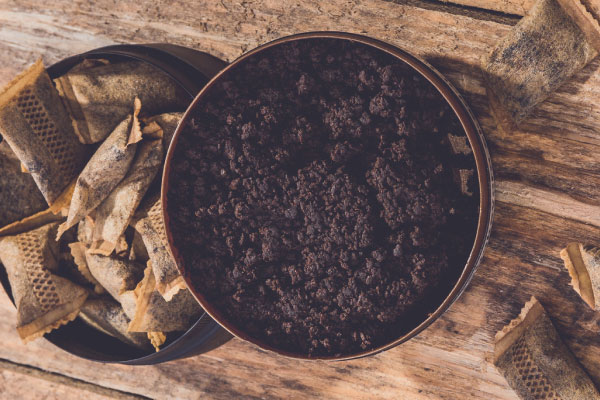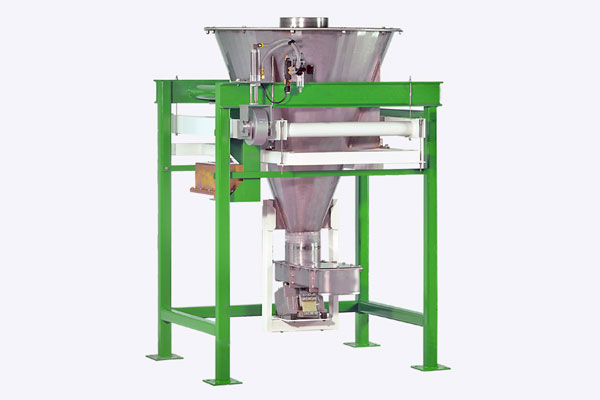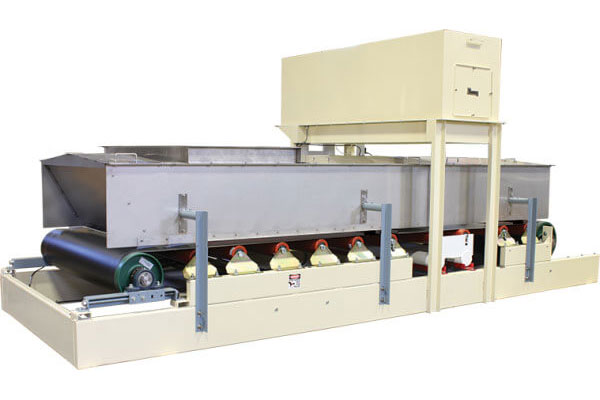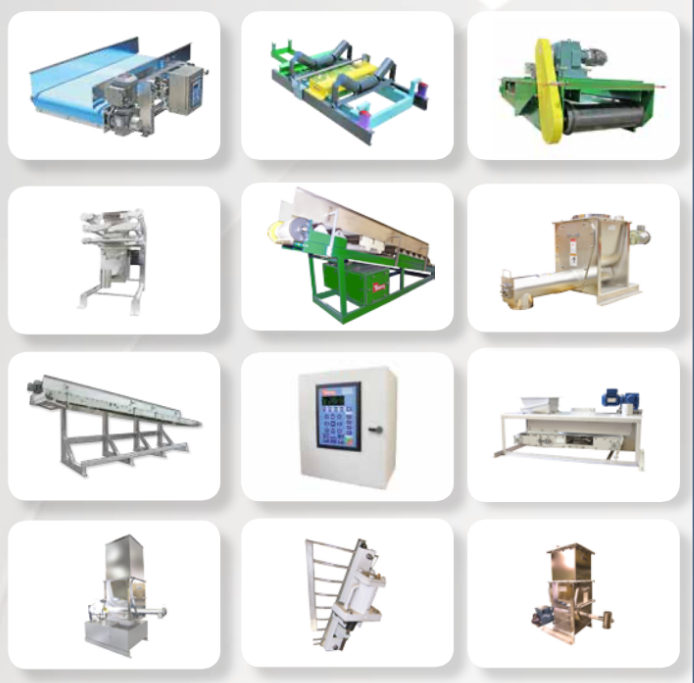Smoke-free product platforms such as loose-leaf chewing tobacco, dipping tobacco (moist snuff), dry snuff and snus provide adult tobacco consumers with sensory experiences and nicotine satisfaction without creating social friction by eliminating smoke, odor and ash. Smokeless tobacco is used by more than 300 million people in over 70 countries.
Thayer Scale Equipment for Smokeless Tobacco
Nearly all modern dipping (moist snuff) tobaccos are produced by a process of blending, leaf curing, cutting, fermentation, and processing, which includes the addition of sweeteners, flavorings, preservative and syrup. Combinations of these “seed” materials are preblended in a pulp form.
Once a blend of cured tobacco varieties are blended, the leaves are heated with steam to rehydrate the leaf and remove the undesired stems.
Sharp cutters then reduce the tobacco leaves into loose long or fine cut snuff. Once initial flavorings are applied, tobacco undergoes a special aging process.
The curing process of most common chewing tobacco brands includes fermentation. Fermentation time affects both sensory experience and taste of the finished product.
Thayer Scale Low Density Model “M” or “MXL” Weigh Belts are used to meter cured tobacco into a blender at a controlled flow rate, while a Thayer Scale vibratory tray based Loss-In-Weight feeder simultaneously meters “seed” material into the blender in proportion to the measured cured tobacco flow rate.
Both the weigh belt and Loss-In-Weight instrumentation systems seamlessly interface with the processing system’s supervisory control system to deliver their respective materials at the flow rates denoted by recipe data selected by an operator.
The vibratory tray based Loss-In-Weight feeder is equipped with a unique, counter rotating agitation system that gently dilates material, as well as a special elastomer insert in the vibratory tray that automatically sheds and defeats material build up on the tray surface. Each of these technologies is well suited to metering sticky materials like seed material pulp.

Loss-In-Weight Feeders are particularly vulnerable to external disturbances that occur periodically or randomly during normal operation. Other systems assume disturbances either exist or do not exist, and that when a disturbance is detected, measurements cannot be made. Upon detection, these 2-state systems interrupt closed loop gravimetric control and lock the controller output at its last value, adversely affecting measurement accuracy.
Conversely, Thayer Scale Loss-In-Weight feeders feature a disturbance control system that assumes disturbances are always present but that they vary in intensity and according to type, and that when a disturbance is detected measurements can still be made. Upon detection, Thayer Scale’s disturbance protection limits the magnitude of the error signal presented to the control algorithm under normal weight loss control, allowing the unit to regain control much faster after a process upset by minimizing control loop oscillations without interrupting closed loop gravimetric operation.
The disturbance protection parameters are field programmable to protect the system against the most encountered lower intensity disturbances without relinquishing weight-based control. Additional programmable functionality protects against larger and longer lasting sporadic disturbances.
Weighing equipment for the processing of tobacco
Weighing equipment for the tobacco industry includes:
Weigh belts
- Designed for light-density material handling in light loading applications (Model M-LD and MXL-LD)
- Available with open or enclosed construction
- Built to accommodate to new or existing process streams
- Available sanitary construction and easy-to-clean, cantilevered frame
Loss-in-weight feeders
- Auger discharge
- Vibratory pan discharge
- Feed rates from grams/minute to tons/hour
Flexible conveyor belt scale designs that support changing configurations
Hopper and silo flow aids
- Provides consistent, uninterrupted flow of material




